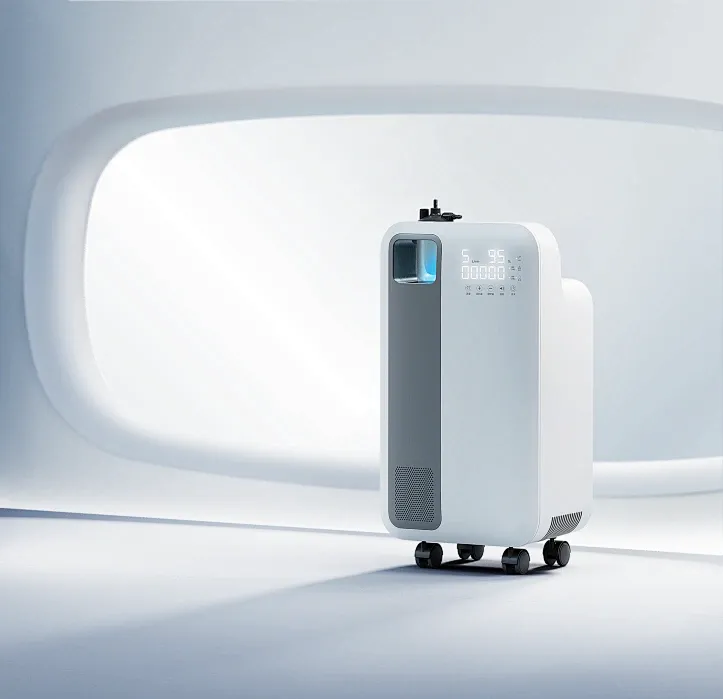Cooling fans in oxygen concentrators are one of the core components ensuring the device's efficient and stable operation. The performance of these fans directly impacts the heat dissipation, lifespan, and operational stability of the oxygen concentrator. Therefore, selecting the right cooling fan is critical, especially in high-intensity working environments, where an excellent cooling design can significantly enhance the device's reliability and longevity.

1. Performance Indicators of Cooling Fans
Speed
- Definition: The number of times the fan blades rotate per minute, typically measured in RPM (revolutions per minute).
- Impact: Higher speeds generate more airflow and pressure but also result in increased noise and vibration.
- Recommendation: Choose the fan speed based on the cooling requirements and noise tolerance of the oxygen concentrator. For efficient heat dissipation, opt for a higher-speed fan; for quieter operation, select a lower-speed, quieter fan.
Airflow
- Definition: The amount of air moved by the fan per unit of time, typically measured in CFM (cubic feet per minute) or m³/h (cubic meters per hour).
- Impact: The greater the airflow, the better the cooling efficiency. Higher airflow quickly dissipates heat, preventing device overheating.
- Recommendation: Select a fan with a larger airflow to match the oxygen concentrator's heat generation, especially for high-efficiency or long-duration models.
Air Pressure
- Definition: The pressure generated by the airflow, typically measured in Pa (Pascals).
- Impact: Higher air pressure enhances the fan's exhaust ability and its capacity to overcome airflow resistance within ducts.
- Recommendation: If the oxygen concentrator has significant airflow resistance, choose a fan with higher air pressure to ensure efficient heat dissipation.
Noise
- Definition: The sound level produced by the fan during operation, typically measured in dB (decibels).
- Impact: Noise is a crucial factor in user experience, particularly in environments like homes or hospitals where quiet operation is essential.
- Recommendation: Choose low-noise fans, which can be achieved by selecting lower-speed fans, utilizing noise-reduction designs, or integrating vibration-damping features.
Motor Power
- Definition: The power consumed by the fan motor, typically measured in watts (W).
- Impact: Higher motor power typically correlates with higher fan speed and airflow, but it also increases energy consumption.
- Recommendation: Select a fan motor with appropriate power based on the cooling requirements of the oxygen concentrator, avoiding overly powerful motors to minimize energy consumption while ensuring efficient operation.
2. Cooling Fan Selection Recommendations
3. Key Factors Affecting Fan Selection
In addition to the performance indicators above, consider the following factors when selecting a cooling fan:
Conclusion
The selection of a cooling fan for oxygen concentrators is critical to the device's stable operation and longevity. By understanding the cooling needs, choosing high-quality products, ensuring compatibility, and prioritizing easy installation, the cooling efficiency and reliability of the device can be significantly improved. Ruiapple Electric, with 25 years of professional experience in cooling fans, offers high-quality fan products and services to address the varying cooling needs of oxygen concentrators, ensuring the long-term stable operation of the equipment.
Choosing the right cooling fan is not only key to improving the performance of oxygen concentrators but also an essential safeguard for ensuring the device’s reliability and safety.






